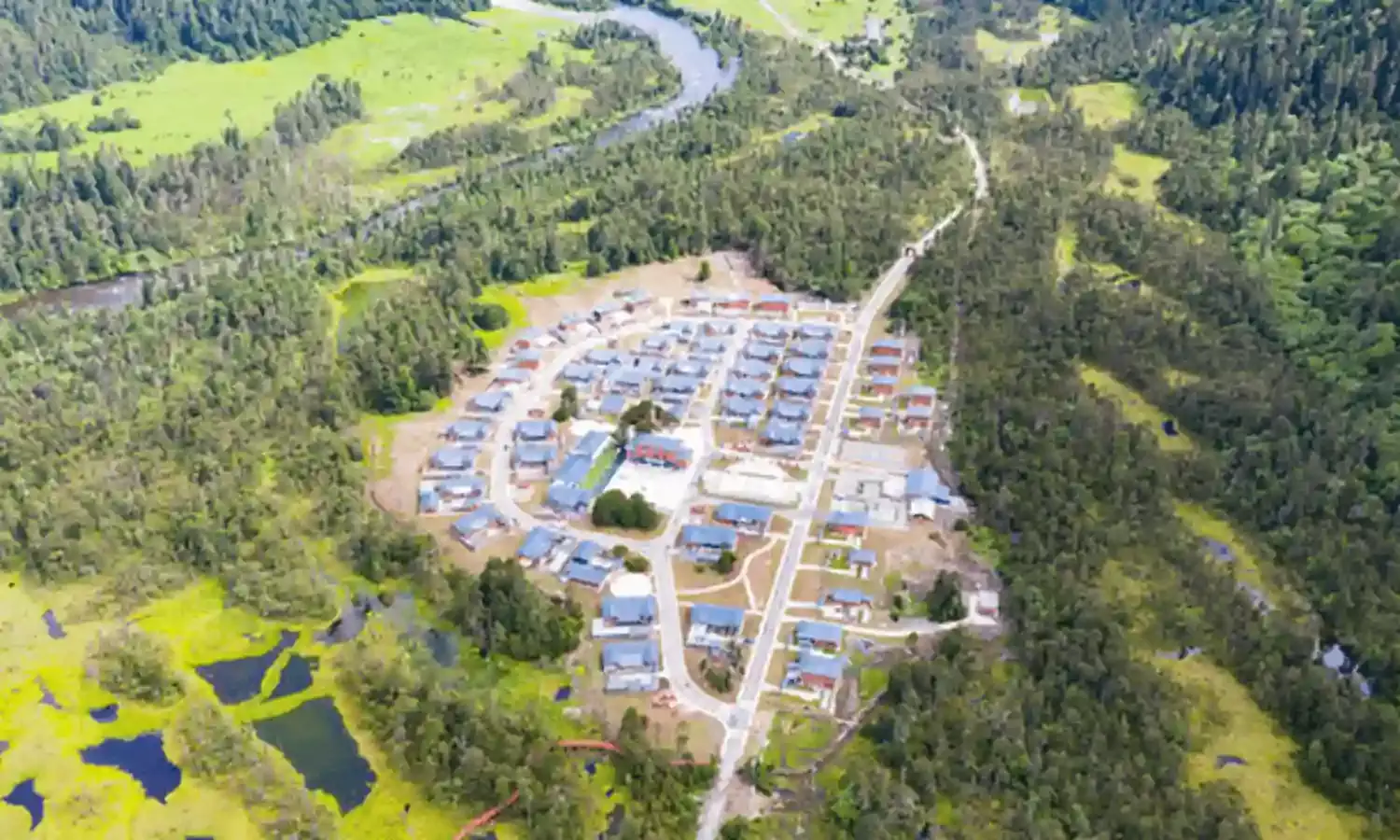China Agrees To Indian Patrolling In Indian Territory
Modi-XI summit likely at Kazan

On the eve of the BRICS Summit in Kazan, Russia (October 22-24), Foreign Secretary Vikram Misri said at a press briefing on October 21, “Many of you have questions about bilateral meetings, and a possible bilateral meeting between the prime minister and the president of China…over the last several weeks, Indian and Chinese diplomatic and military negotiators have been in close contact …an agreement has been reached on patrolling arrangements along the Line of Actual Control in the India-China border areas, leading to disengagement and a resolution of the issues that had arisen in these areas in 2020, and we will be taking the next steps on this.”
More significantly, External Affairs S Jaishankar has said that the “disengagement process has been completed” for the four-year-long military stand-off. He added that this “positive development” was the result of “a patient and complicated process” since 2020 and the agreement creates the basis for the peace and tranquillity that existed in the border areas before 2020.
China confirmed the agreement on October 22, with the Chinese foreign ministry spokesperson Lin Jian appreciating it, while commenting on the possibility of a Modi-Xi bilateral meeting on the sidelines of the BRICS Summit “We will keep you updated if anything comes up.”
Why would China not appreciate the agreement; with India conceding that the disengagement is completed, what territory China took in eastern Ladakh during 2020, it gets to keep - the Indian whitewash is complete. China could not be happier with Hindi Chini Bhai Bhai back in centre stage.
China redrew the LAC in Ladakh in 2020), crossing west of China’s 1959 claim line, which India had never recognized. The multiple PLA intrusions include the one at Y-Junction 20-km inside Depsang which Chhina had also occupied for three weeks in 2013 before withdrawing.
Presently, Indian troops can’t patrol 26 out of 65 patrolling points (PPs), although these PPs were established years back “short” of the LAC fearing the dragon. Not only did China force India to withdraw from its strategic positions on Kailash Range (in Indian Territory), which overlooked PLA positions, the multiple buffer zones are also in Indian Territory.
Therefore, the hype about the “huge achievement” in the ability to resume 2020-type of LAC patrolling boils down to China allowing us to patrol our own territory. Doesn’t this reflect on our national resolve and foreign policy? As it is, the MEA statement issued on October 1 this year said that Indian troops have never transgressed across the LAC. Here again, if the Chinese lodgement continues at Y-Junction in Depsang, how many PPs will we still not be able to patrol?
It is quite obvious that Jaishankar sprang this surprise to avoid a tense situation when Prime Minister Narendra Modi meets Chinese President Xi Jinping at the BRICS Summit in Kazan. With the gift of “disengagement completed” to China, a bilateral meeting between the two leaders could well be on the cards. It may be recalled that at the SCO Summit in Uzbekistan (September 2022), attended by Modi and Xi, China distributed maps showing Ladakh and Arunachal Pradesh as part of China and J&K as part of Pakistan.
China has branded India as the “aggressor” from day one in 2020 but in sharp contrast policy makers followed a policy of appeasement. Not only is China benefiting $100 billion annually through bilateral trade with India, China’s cumulative trade balance with India since 2000 has exceeded a whopping $1.4 trillion according to eminent economist Mohan Guruswamy.
‘Recorder Future’, a company based in Somerville, Massachusetts, USA, which claims to have knowledge of more global C2 nodes than anyone in the world, has noticed CCTV cameras in Taiwan and South Korea digitally talking to crucial parts of the Indian power grid.
It is apparent that the strange conversation was the deliberately indirect route by which Chinese spies were interacting with malware they had previously buried deep inside the Indian power grid. China can undertake spying and sabotage digitally – same as Israel bombed pagers and walkie-talkies in Lebanon.
Look at the Chinese iPhones, drones/drone components and digital gadgets (home appliances included) in India, which will enable China to carry out enormous sabotage at will, especially at critical times. But economic rise is everything to the Indian government – security is secondary or of little value.
Visa rules for Chinese technicians are relaxed, as our corporates woo them. Chinese investment has been allowed in the electronics sector in India, with so-called safeguards like smaller stake in joint ventures and no higher positioning for Chinese nationals. Do we even understand how the Chinese operate? While the government celebrates normalization of relations with China, the next shock from China may not be far off.
Chinese drone movement is noticed even opposite Himachal Pradesh. China’s G695 Highway through Aksai Chin, which will run close to Galwan, Hot Springs and Pangong Tso, is to be completed by 2035. China would want to capture more of Ladakh to provide depth to this highway. The completed bridge over Pangong Tso enables the PLA to quickly induct additional mechanized forces and the PLA has consolidated its new locations in eastern Ladakh occupied in 2020 with fire power, air support and logistics beefed up. The US, NATO, Israel and China don’t believe in Modi’s cliché that this is not an era of war.
Lt General Prakash Katoch is an Indian Army veteran. The views expressed here are the writer’s own.
Cover Photograph- Image carried by the Indian media in 2021 of a Chinese village built on Indian territory. Headlines ran Arunachal: China Builds Second Border Village In Indian Territory Under Its Illegal Occupation



